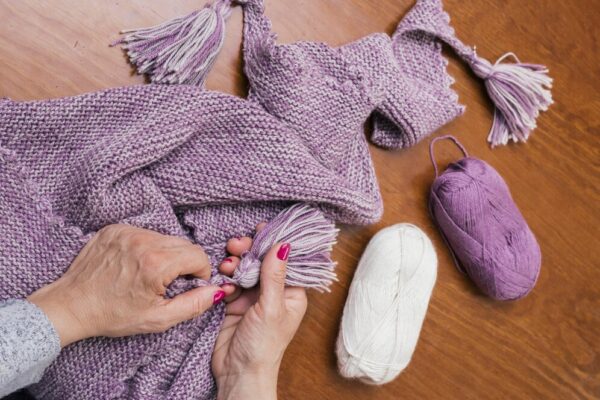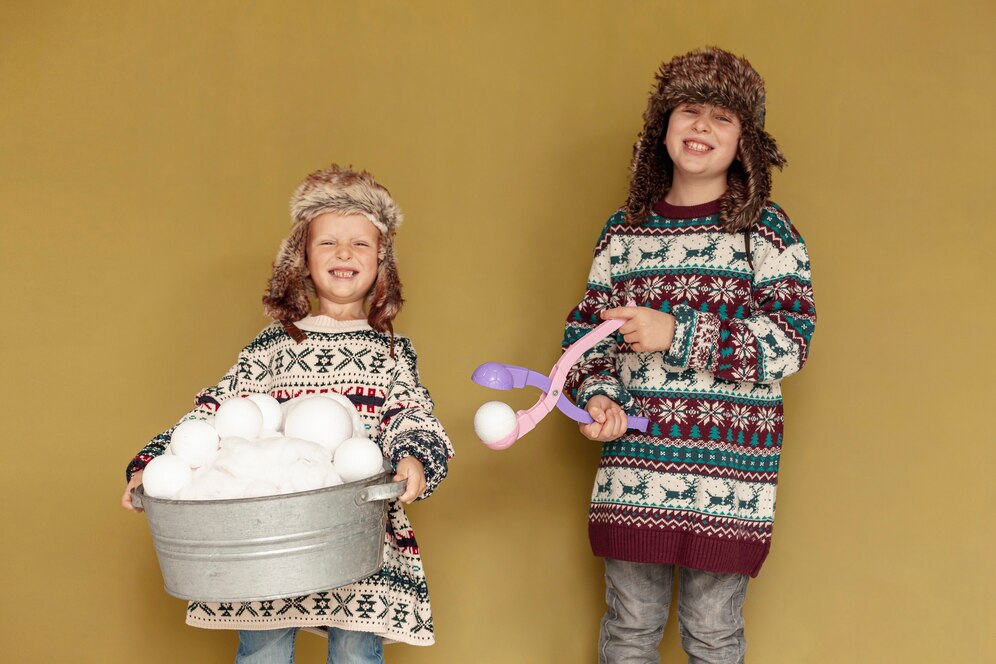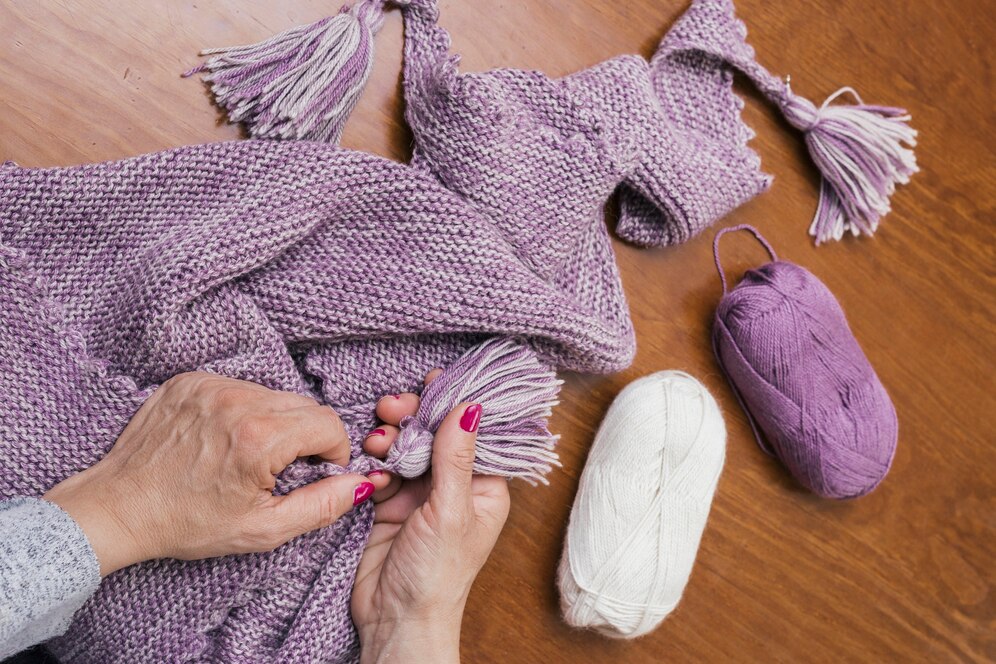When you think of the quintessential holiday season, images of twinkling lights, fragrant cookies, and cozy family gatherings often come to mind. However, in recent years, another symbol has emerged that elicits laughter, nostalgia, and a sprinkle of irony: the ugly sweater. Specifically, the ugly sweater contest has morphed from a quirky family tradition to a widespread cultural phenomenon. But how did these garishly designed garments become a beloved staple of the holiday season? Let’s delve deep into the interesting history behind ugly sweaters and explore the reasons behind their emergence as a contemporary trend.

The Roots of the Ugly Sweater
The journey of the ugly sweater dates back several decades. In the 1980s, bright, oversized, and often gaudy knitwear flooded the fashion scene. Sweaters decked out in patterns featuring reindeer, snowflakes, and festive symbols were popularized through television shows, including the beloved sitcom “The Cosby Show.” In these Hollywood portrayals, sweaters were typically worn with a sense of playful affection, evoking warmth and cheer during the holiday season.
What many people may not realize, however, is that ugly sweaters have roots that extend even further back. They grew out of the tradition of “holiday sweaters,” which can be traced back to the early 20th century. Home knitters and sweater manufacturers began producing festive sweaters that quickly became a holiday staple, signaling the joy of the season in an inventive, if not particularly stylish, manner. It was in this context that the idea of “ugliness” began to take form—an aesthetic that celebrated the outlandish and unusual.
The Rise of Ugly Sweater Contests
While the ugly sweater trend as we know it emerged primarily in the late 20th century, it wasn’t until the early 2000s that the concept of the ugly sweater contest began to gain traction. During this time, several factors contributed to the newfound popularity of these contests.

A Lip-Service to Nostalgia
On a cultural level, the early 2000s saw a growing interest in nostalgia and retro aesthetics. Millennials and Gen X-ers began to reflect on their childhoods, often romanticizing the styles and traditions of their younger years, which included both the vibrant holiday sweaters of decades past and family gatherings. This wave of nostalgia provided the perfect backdrop for the revival of holiday sweater parties and contests.
The Social Media Influence
The rise of social media platforms such as Facebook and Instagram also played an instrumental role. As people began sharing their holiday experiences online, it became commonplace to showcase extravagant holiday attire, including boldly colored and outlandishly designed sweaters. The effortless sharing of photos encouraged individuals to don their favorite “ugly” garments, and competitions for the title of the most outlandish sweater quickly grew in popularity.
A Sense of Community
Ugly sweater contests also provide an incredible opportunity for community engagement. Many workplaces, schools, and social groups began to host themed parties centered around the trend. Not only did participants enjoy wearing their most creatively awful sweaters, but the contests served as an icebreaker for attendees, fostering social interactions and camaraderie. People relished the experience of laughing together and taking part in a quirky tradition that elevated the holiday spirit.

The Explosion of Ugly Sweater Culture
By the 2010s, ugly sweater contests evolved into something of a cultural phenomenon. Major corporations and local businesses began to embrace the trend. Retailers flooded the market with distinctly unappealing sweaters, often adorned with intentionally tacky motifs and exaggerated designs. Television networks capitalized on the trend, airing themed specials and events dedicated to the craft of ugly sweater making.
The increase in participation contributed to the development of vibrant subcultures and micro-trends. Events like “National Ugly Sweater Day” on the third Friday of December and “Ugly Sweater 5K Runs” became commonplace, allowing for widespread community engagement.
In addition, charities utilized the festivity to give back. Many companies organized ugly sweater contests as fundraisers, where individuals would pay a small fee to enter. Proceeds collected would often be donated to local charities, further enhancing the communal attachment to this playful attire. Participants not only had fun showcasing their best (or worst) designs but were also contributing to a good cause.
Why Do People Love Ugly Sweater Contests?
Self-Expression
For many, participating in an ugly sweater contest has become a cherished form of self-expression. Individuals wield their creativity and humor when creating or selecting an ugly sweater, often sourcing the most outrageous designs available or adding their personal flair. These contests provide a fun outlet, allowing for the exploration of style without the constraints of traditional fashion norms.
Escape from Formality
In a society that can often feel overly serious, ugly sweater contests create a welcome reprieve. They allow people to let down their guard and embrace the playful nature of the holiday season. These contests offer a chance to engage in lighthearted banter, share a few hearty laughs, and decrease the pressures commonly associated with holiday festivities.
Embracing Imperfection
In a world that increasingly values perfection, ugly sweaters present a refreshing alternative. The imperfections and eccentric designs often found on these sweaters resonate with participants, prompting a celebration of uniqueness over conventional beauty. The ugly sweater phenomenon serves as a reminder that sometimes, the most enjoyable secrets lie beyond the polished surfaces.
In summary, the history of ugly sweater contests is a delightful tapestry woven with nostalgia, creativity, and community spirit. From their origins as simple holiday knitwear to their emergence as a trendy cultural phenomenon, ugly sweaters have become more than mere garments; they represent comfort, joy, and camaraderie throughout the holiday season. As we continue to embrace this quirky tradition, one can only imagine how the ugly sweater will evolve in the years to come. Whether donned with irony or genuine enthusiasm, these sweaters will undoubtedly continue to be a source of laughter and cheer during the holidays for generations to come.

